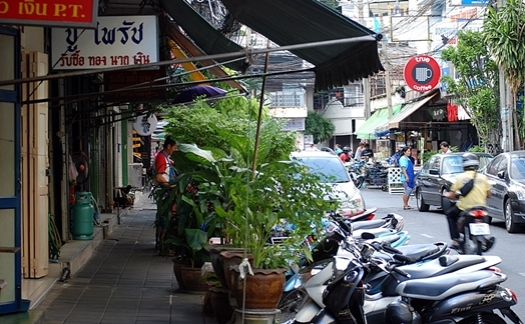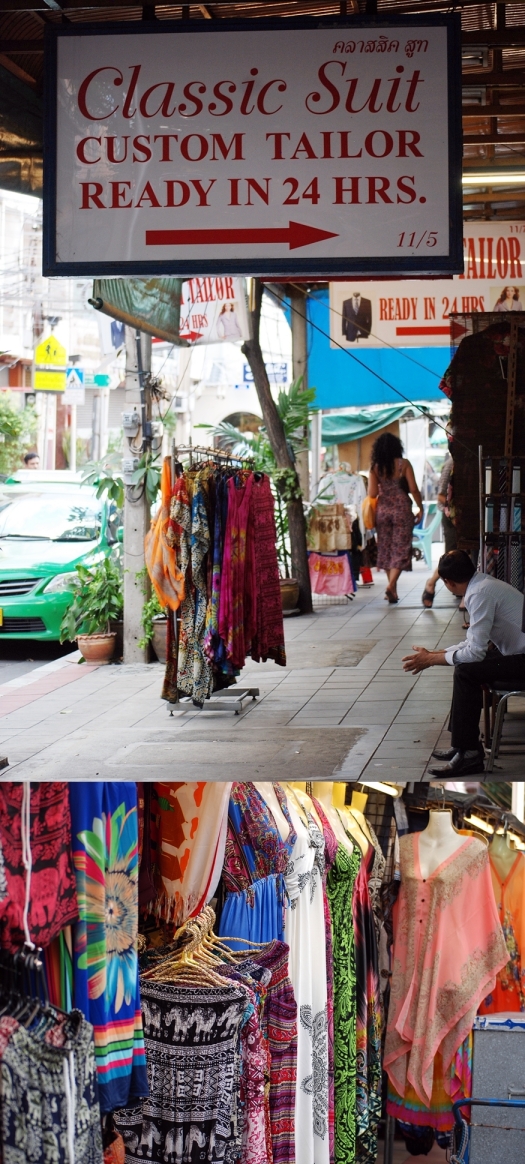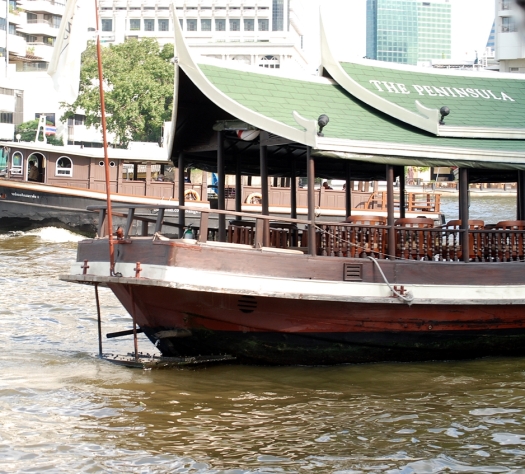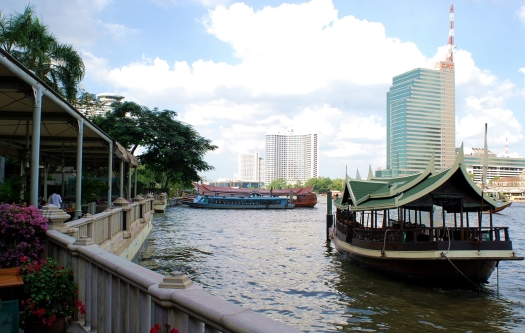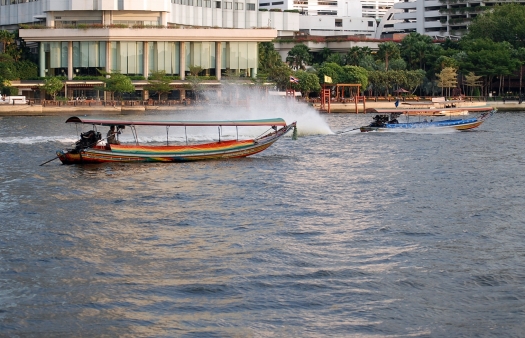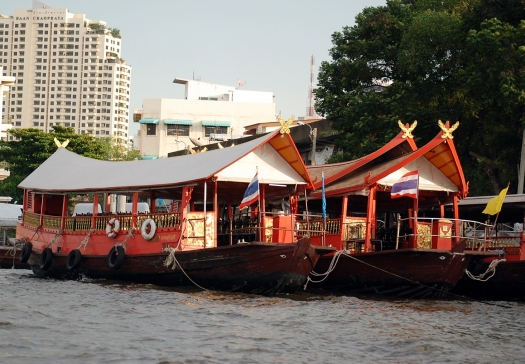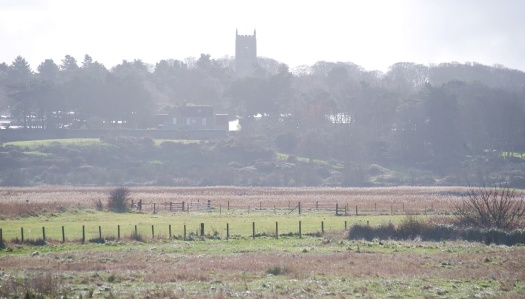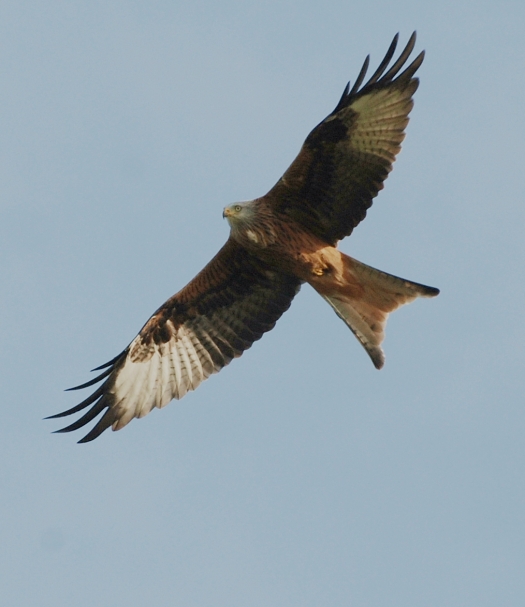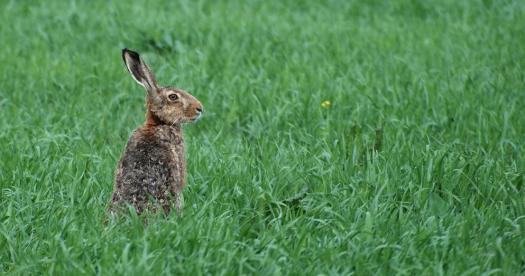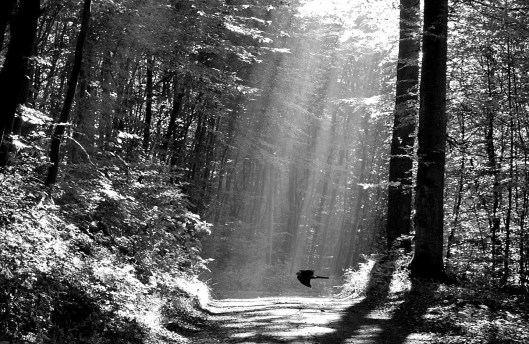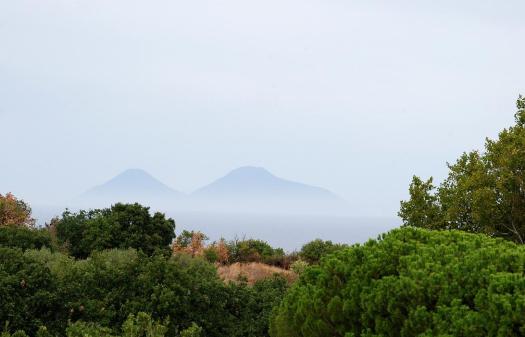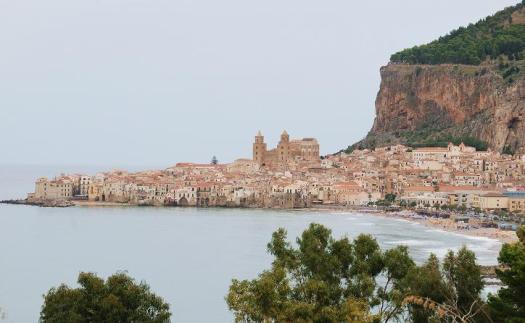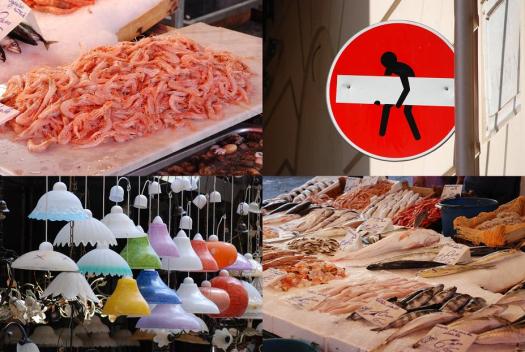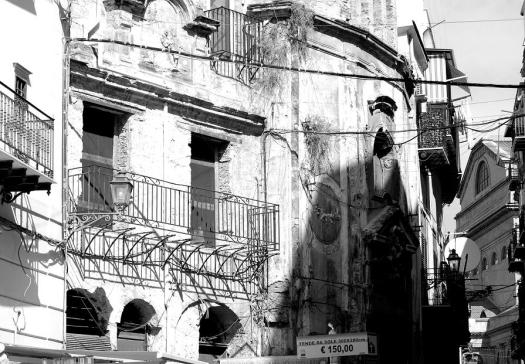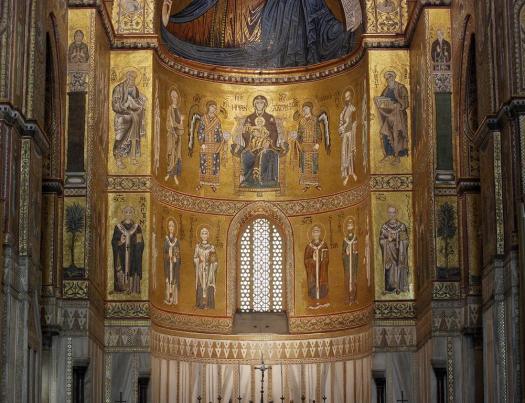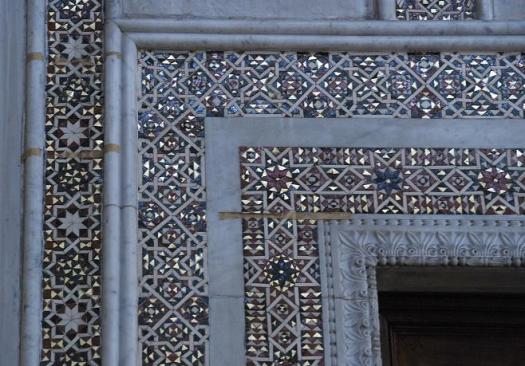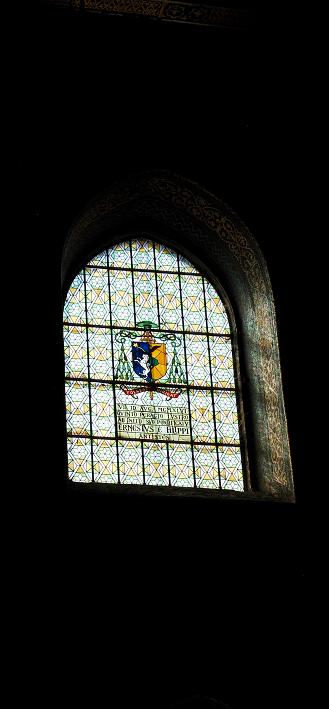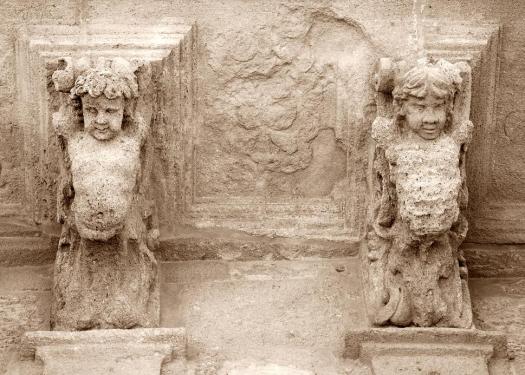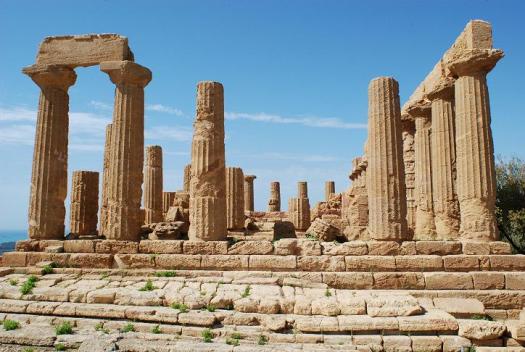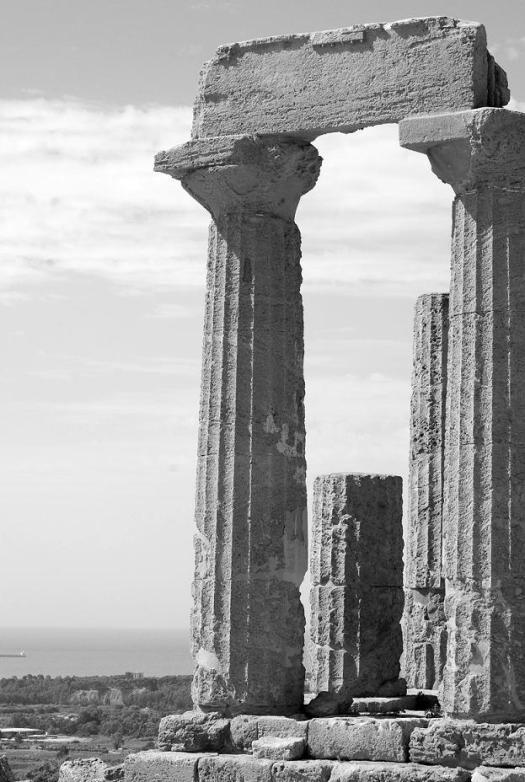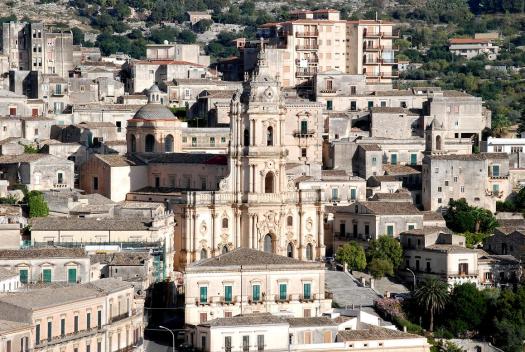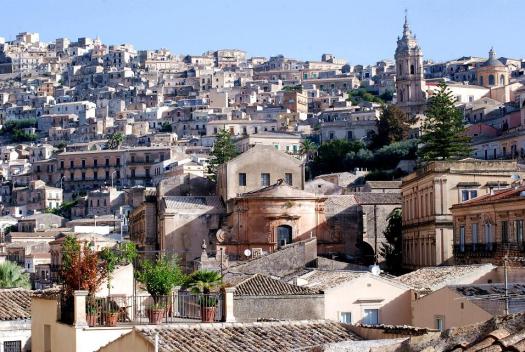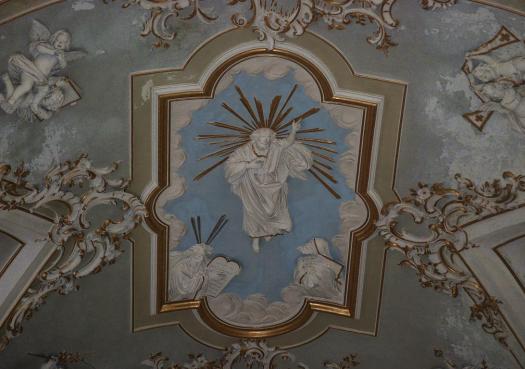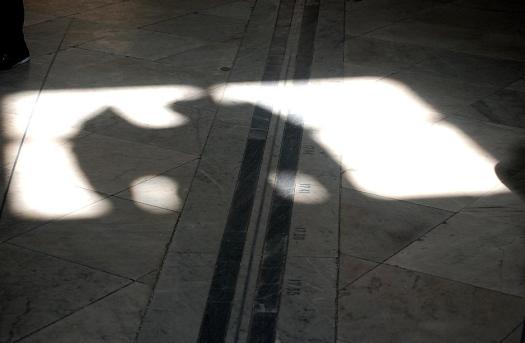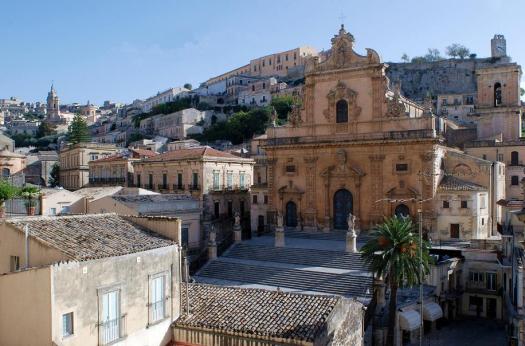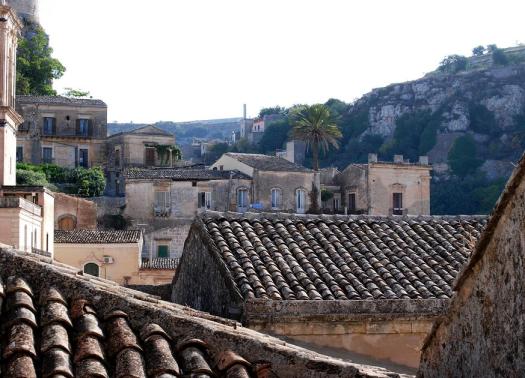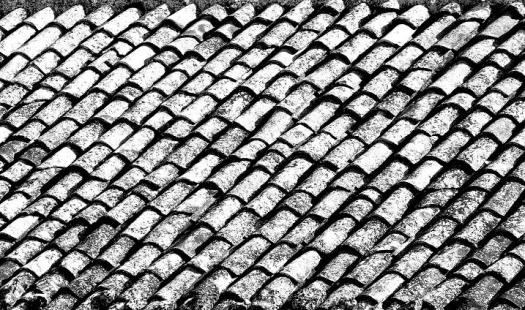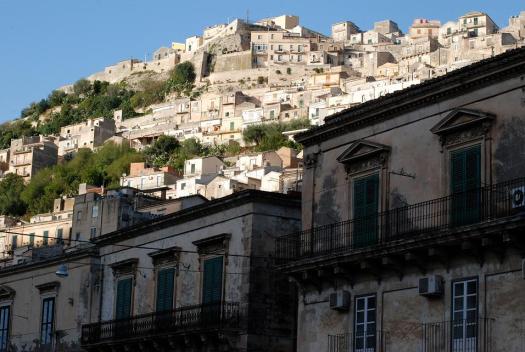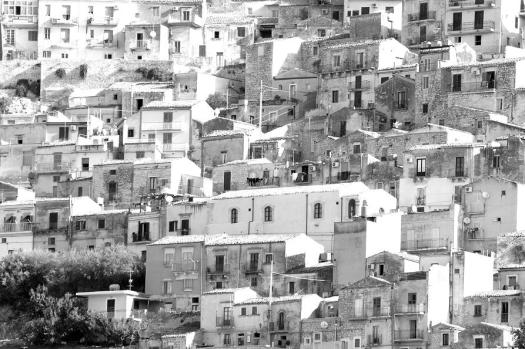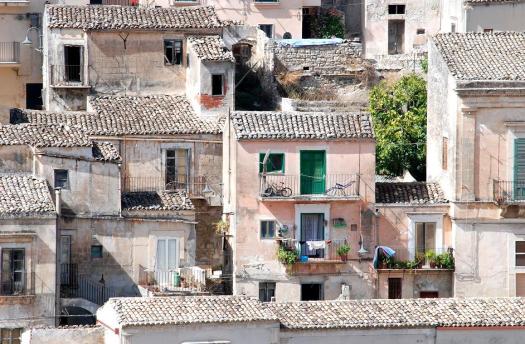
Our ‘Bangkok in a day’ tour completed, we were ready to head south to the hellacious Phuket. It’s difficult to overstate the kaleidoscope of elements that contributes to experiencing Bangkok; from breathtaking cuisine – we’d dined on exquisite Miang Kham* in the riverside Thiptara restaurant and meandered through street food stalls – to the people; charming, respectful and gentle in a manner that is disarming to hubristic Westerners; and that river – rich in horrific and mysterious flotsam. We’d wandered along Charoen Krung Road to shop at Robinsons and I’d established a relaxed stand-off with the security officers who never quite understood my dawn excursions, bush-shaking and pishing** in the hotel gardens.
In the taxi to Suvarnabhumi airport to collect the rental car I was mindful of the wealth of advice provided, guidance published and concern expressed about driving in Thailand. Statistically we were in the second most dangerous country in the world with something approaching 24000 vehicle-related deaths a year; that’s about three an hour. I had been counselled on the risks of drunks, un-roadworthy vehicles, insurance scams and corrupt police. In short, choosing to drive was madness.

The rental desk was deserted and the assistant who arrived to deal with her only customer [locals and Asian visitors were using a presumably cheaper outlet next door] was only matched in her warmth and enthusiasm by her apparent lack of experience. Whilst putting some of that down to language it became clear as we struggled through the process of processing booking confirmations, passport copies and driving licence details that she probably hadn’t done this before. I began to have visions of being angrily accused by a moped-riding drunk in baggy shorts and tee-shirt before being pulled over by corrupt police to find that the one piece of paper you must carry in Thailand was still at the airport. My fears were compounded when the SatNav I’d pre-ordered was respectfully presented to me in a box – cellophane intact – with a perfect set of instructions in Thai. That was swiftly followed by an invoice for the rental charge – £1200! This disjunctive and time-consuming exchange was all very good-natured but with distance to drive and the day disappearing I was relieved when her senior colleague arrived. Within minutes the SatNav was programmed, its cost moderated – she’d used the purchase price for each day of the rental – and we were wedged into a tiny but shining new car with the smiling staff waving us off at the kerbside.
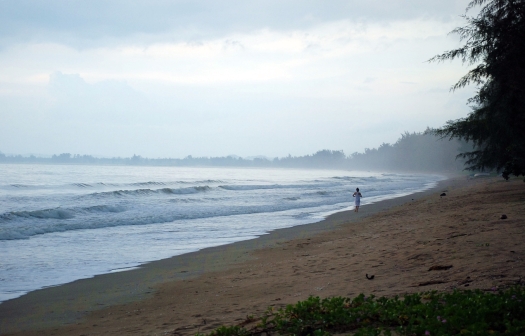
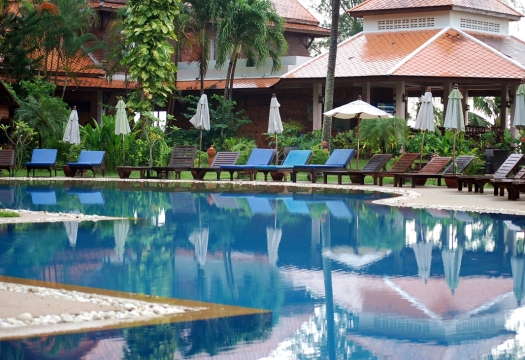
Now – the aforementioned perils aside – all we had to do was follow the directions. Straight down the Suvarnabhumi Road to the Sirat Expressway; along Ratchadaphisek Road, join the The Rama II Frontage Road and head for Prachuap Khiri Khan. The roads were pretty good and the traffic surprisingly benign but we encountered an unexpected problem – the SatNav couldn’t pronounce Thai. We were reduced to floods of laughter at the American-accented gibberish and were forced into the nearest service station to buy a map that would facilitate our journey towards Huahin.
Once out of Bangkok the road degenerated into a straightish dual carriageway but, as one would expect, it was sort of different from what we see in Europe. A lot of incomplete road works necessitating diversions, U-turns and – frighteningly – some unmarked two-way stretches were interspersed with random traffic signals and junctions that often defied comprehension. Numerous potholes, missing bits of road and debris encouraged heavy trucks, tractors and pick-ups full of schoolgirls to swing erratically from lane to lane but it became clear very rapidly that none of this concerned the Thai drivers; they simply ignored everything in a headlong rush to get where they were going. It was truly nerve-racking but in time I became more confident and once we’d reached a velocity approaching that of the traffic it was akin to floating down a river on a log.

We had an overnight stay booked at Coral Hotel in Bang Saphan but it was almost dark as we arrived. The SatNav, which we’d by then begun to interpret, garbled a left turn onto an unlit, narrow road heading into the forest but there were no signs and the road was too small to be on the map. We could see no indication of where we should go, turned back, retraced our steps and tried again before eventually seeing lights. We emerged into a rural setting that boasted a supermarket, a rail crossing and a single traffic light. I decided to try – map in hand – to see if anyone could point us towards the hotel and was ushered to the centre of the store where a youngish guy was ministering to a hoard of local residents. This was the pharmacy and he was, I guessed from the way he was consulting each customer before dispensing pills and tubes of ointment, the local doctor. I was at the back of a queue but quickly became the focus of animated attention, being foreign and all. We collectively established that we were indeed on the right road and that we should cross the railway, turn right at the signal and look for a sign. Whether that would be transcendental or physical I couldn’t tell but the garrulous crowd quickly turned its attention back to the doctor and we headed further into the trees. Eventually a hand-painted notice directed us along a sandy track that broke through the forest onto a beach, edged with coconut palms and bathed in moonlight. A short distance further and we pulled into a bijou tropical paradise, adorned by beautifully presented Thais and a small group of trendy, French guests. For all the world we had emerged in the film set of Emmanuelle.
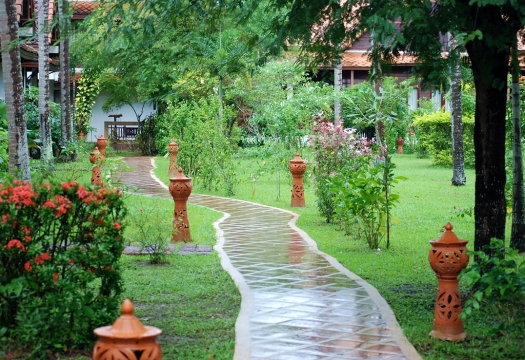
So, we’d passed the first test by avoiding death on the highway – narrowly, at one point – and were in a tropical paradise.
*Dried shrimp, roasted coconut, roasted peanut, shallot, ginger, lemon wrapped wrapped with betal leaf and served with palm sauce.
**If you’re not a birder then this explains pishing.
I use a SatNav, especially when I’m in the Middle East and have to tackle remote places but I’m not a big fan. Here’s a post from some time ago.



